当前位置:网站首页>在jupyter NoteBook使用Pytorch进行MNIST实现
在jupyter NoteBook使用Pytorch进行MNIST实现
2022-07-06 09:11:00 【一曲无痕奈何】
"流程 "
#1、加载必要的库
import torch.nn as nn
import torch.nn.functional as F
import torch
import torch.optim as optim
from torchvision import datasets , transforms
#2、定义超参数
BATCH_SIZE = 16 #每批处理的数据
DEVICE = torch.device("cuda" if torch.cuda.is_available() else "cpu")
EPOCHS = 10 #训练数据的轮次
#3、构建pipline,对图像做处理
pipline = transforms.Compose({
transforms.ToTensor(),#将图片转换为tensor
transforms.Normalize((0.1307),(0.3081)) #正则化,当模型过拟合时,降低模型复杂度
})
#4、下载加载数据
from torch.utils.data import DataLoader
train_set = datasets.MNIST("data2",train=True,download=True,transform=pipline)
test_set = datasets.MNIST("data2",train=False,download=True,transform=pipline)
#加载训练数据集
train_loader = DataLoader(train_set,batch_size=BATCH_SIZE,shuffle=True)
#加载测试数据集
test_loader = DataLoader(test_set,batch_size=BATCH_SIZE,shuffle=True)
#显示其中的图片
with open("./data2/MNIST/raw/train-images-idx3-ubyte","rb") as f:
file = f.read()
image1 = [int(str(item).encode("ascii") ,16) for item in file[16:16+784]]
print(image1)
import cv2
import numpy as np
image1_np = np.array(image1,dtype = np.uint8).reshape(28,28,1)
print(image1_np.shape)
#保存图片
cv2.imwrite('digit.jpg',image1_np)
#5、构建网络模型
class Digit(nn.Module):
def __init__(self): #构造方法
super().__init__() #调用父类的构造方法,继承父类的属性
self.conv1 = nn.Conv2d(1,10,5) #输入通道为1,输出通道为10,卷积核为5(这是5*5的)
self.conv2 = nn.Conv2d(10,20,3) #上一层的出是下一层的输入
self.fc1 = nn.Linear(20*10*10,500) #20*10*10 整体的输入通道数, 500输出通道
self.fc2 = nn.Linear(500,10) #10总共10个类别的概率
def forward(self,x):
input_size = x.size(0) #整个图片的张量形式就是 batch_size*1*28*28 ,所以直接拿到batch_size
x = self.conv1(x) #输入:batch_size*1*28*28 输出:batch_size*10*24*24 这个10是第一个卷积层的输出通道数,24 = 28-5+1
x = F.relu(x) #保持shape不变,输出 batch_size*10*24*24
x = F.max_pool2d(x,2,2) #输入batch_size*10*24*24 输出:batch_size*10*12(减半)*12 #池化层:对图片进行压缩(降采样) 提取最显著的特征
x = self.conv2(x) #输入:batch_size*10*12*12 输出:batch_size*20*10*10(12-3+1)
x = F.relu(x)
x = x.view(input_size,-1) #拉伸,或者是拉平,这个-1自动计算维度 这个-1其实他的值为 20*10*10=2000的维度
x = self.fc1(x) #输入 batch_size*2000 输出batch_size*500
x = F.relu(x) #保持shape不变
x = self.fc2(x) #输入:batch_size*500 输出:batch_size*10
output = F.log_softmax(x,dim=1) #损失函数 计算分类后,每个数字的概率值
return output
#6、定义优化器
model =Digit().to(DEVICE)
optimizer = optim.Adam(model.parameters())
#7、定义训练方法
def train_model(model,device,train_loader,optimizer,epoch):
#模型训练
model.train()
for batch_index,(data,target) in enumerate(train_loader):
#部署到DEVICE上去
data,target = data.to(device),target.to(device)
#梯度初始化为0
optimizer.zero_grad()
#训练后的结果
output = model(data)
#计算损失
loss = F.cross_entropy(output, target) #交叉熵损失函数适用多分类任务
#找到概率值最大的下标
pred = output.max(1,keepdim = True) #1表示横轴 也可以这样写 pred = output.argmax(dim=1)
#反向传播
loss.backward()
#参数优化,也就是每一次的参数的更新
optimizer.step()
if batch_index % 3000 == 0: #每处理3000张图片就打印一次
print("Train Epoch :{}\tLOSS : {:.6f}".format(epoch,loss.item())) #这个loss后面必须加item(),拿到数值
#8、定义测试方法
def test_model(model,device,test_loader):
#模型验证
model.eval()
#正确率
correct = 0.0
#测试损失
test_loss = 0.0
with torch.no_grad(): #不进行梯度计算,也不会进行反向传播
for data, target in test_loader:
#部署到device上去
data,target = data.to(device),target.to(device)
#测试数据
output = model(data)
#计算测试损失
test_loss += F.cross_entropy(output, target).item()
#找到概率最大值的下标
pred = output.argmax(dim = 1)
#累计正确的值
correct += pred.eq(target.view_as(pred)).sum().item()
test_loss /= len(test_loader.dataset)
print("Test-- Average loss {:.4f},Accuracy : {:.3f}\n".format(
test_loss, 100.0 *correct / len(test_loader.dataset)
))
# 9、调用训练和测试方法
for epoch in range(1,EPOCHS + 1):
train_model(model,DEVICE,train_loader,optimizer,epoch)
test_model(model,DEVICE,test_loader)边栏推荐
- Security design verification of API interface: ticket, signature, timestamp
- What is the current situation of the game industry in the Internet world?
- The programming ranking list came out in February. Is the result as you expected?
- Installation of pagoda and deployment of flask project
- MySQL real battle optimization expert 08 production experience: how to observe the machine performance 360 degrees without dead angle in the process of database pressure test?
- MySQL combat optimization expert 02 in order to execute SQL statements, do you know what kind of architectural design MySQL uses?
- 再有人问你数据库缓存一致性的问题,直接把这篇文章发给他
- 17 medical registration system_ [wechat Payment]
- Compress decompress
- UnicodeDecodeError: ‘utf-8‘ codec can‘t decode byte 0xd0 in position 0成功解决
猜你喜欢

16 医疗挂号系统_【预约下单】

再有人问你数据库缓存一致性的问题,直接把这篇文章发给他

Super detailed steps for pushing wechat official account H5 messages
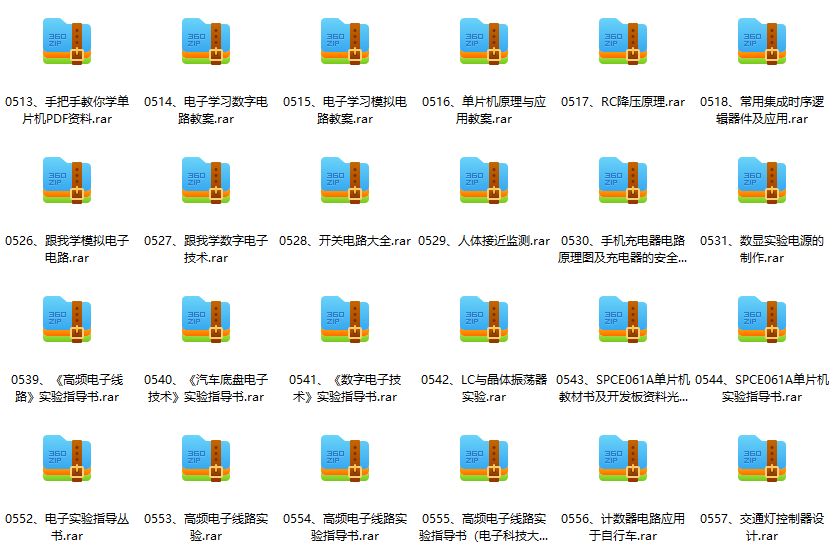
Embedded development is much more difficult than MCU? Talk about SCM and embedded development and design experience

MySQL的存储引擎
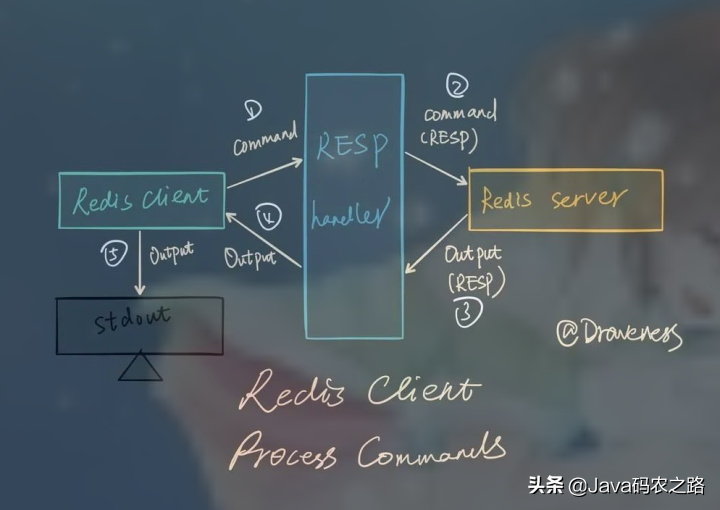
What should the redis cluster solution do? What are the plans?
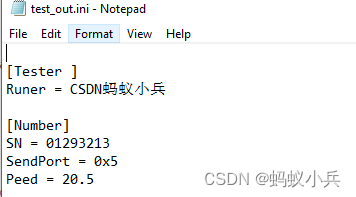
CAPL script pair High level operation of INI configuration file

Super detailed steps to implement Wechat public number H5 Message push
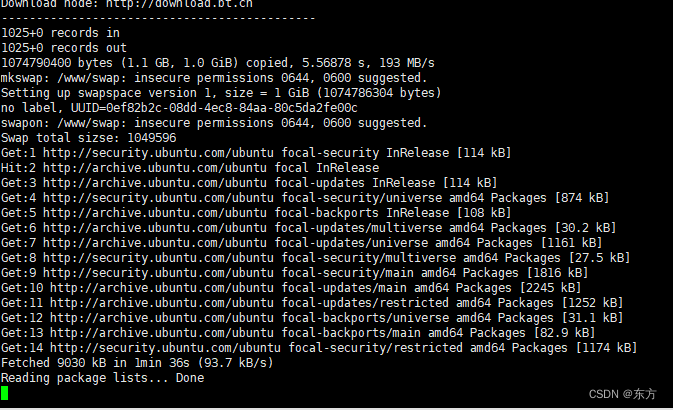
宝塔的安装和flask项目部署
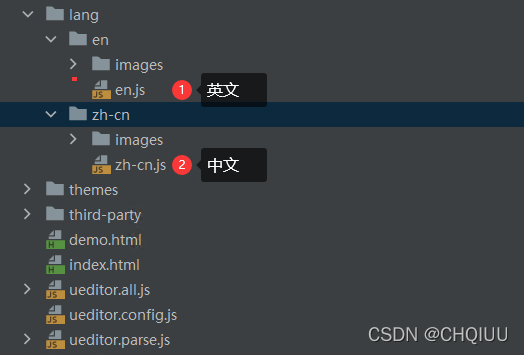
UEditor国际化配置,支持中英文切换
随机推荐
MySQL combat optimization expert 10 production experience: how to deploy visual reporting system for database monitoring system?
Typescript入门教程(B站黑马程序员)
UEditor国际化配置,支持中英文切换
安装OpenCV时遇到的几种错误
How to build an interface automation testing framework?
Routes and resources of AI
① BOKE
MySQL实战优化高手04 借着更新语句在InnoDB存储引擎中的执行流程,聊聊binlog是什么?
在CANoe中通過Panel面板控制Test Module 運行(初級)
MySQL实战优化高手03 用一次数据更新流程,初步了解InnoDB存储引擎的架构设计
Retention policy of RMAN backup
MySQL实战优化高手05 生产经验:真实生产环境下的数据库机器配置如何规划?
C miscellaneous dynamic linked list operation
MySQL實戰優化高手08 生產經驗:在數據庫的壓測過程中,如何360度無死角觀察機器性能?
MySQL实战优化高手11 从数据的增删改开始讲起,回顾一下Buffer Pool在数据库里的地位
Pointer learning
Vscode common instructions
Contest3145 - the 37th game of 2021 freshman individual training match_ B: Password
Cmooc Internet + education
oracle sys_ Context() function